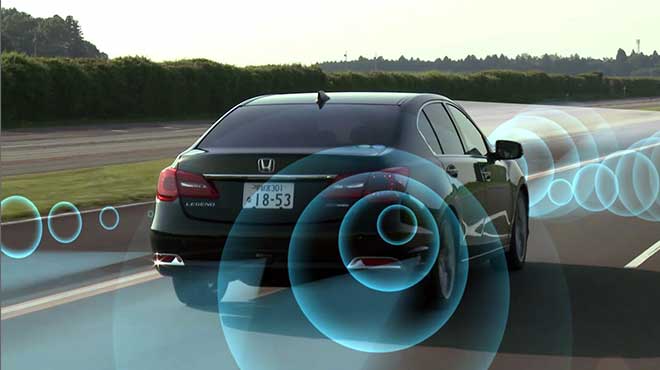

For a Joyous Future Where Everyone Can Go Anywhere Freely With Total Peace of Mind
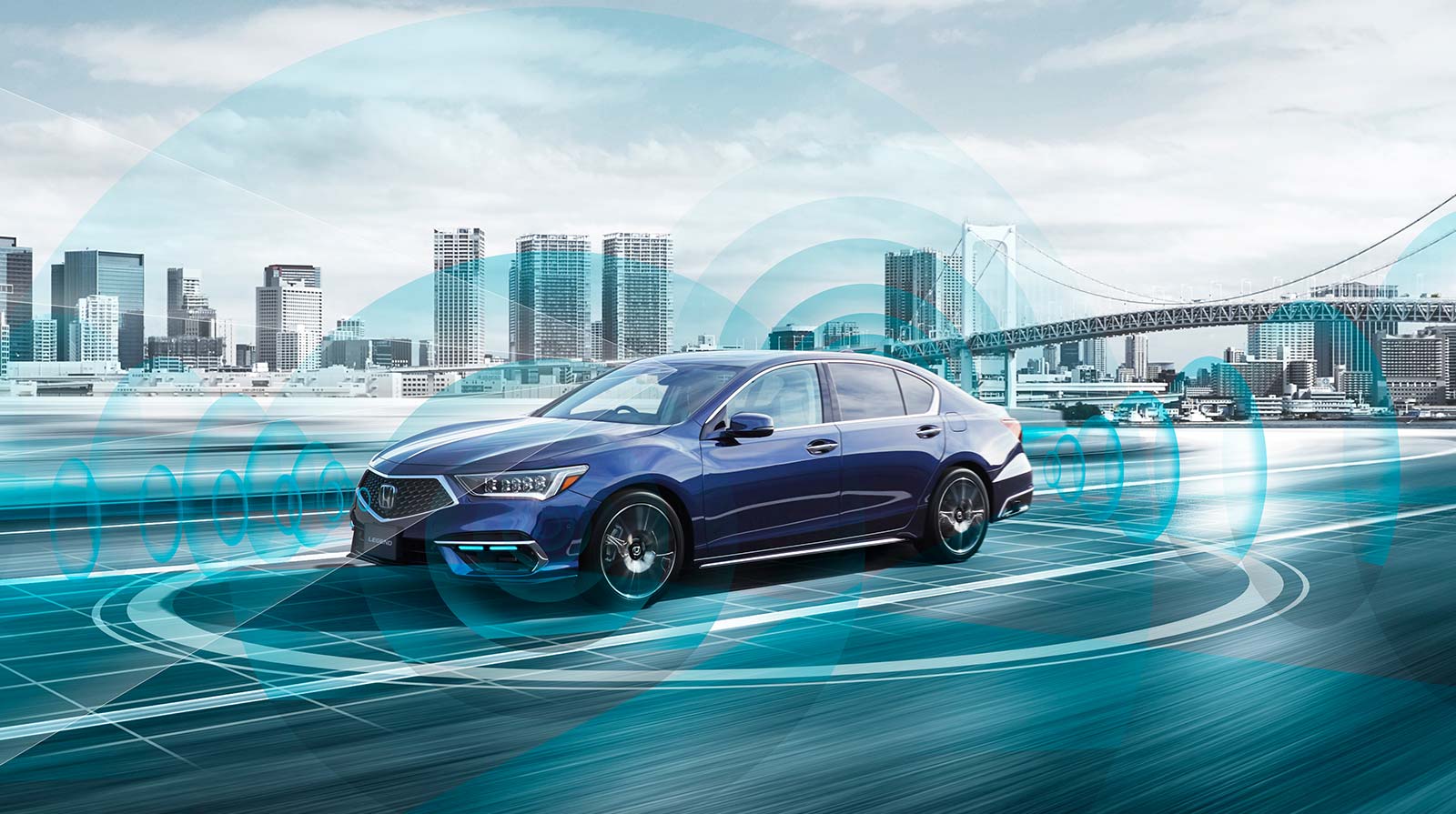
Honda is striving to realize “a collision-free society” not only for the users of automobiles and motorcycles but for everyone sharing the road. Furthermore, Honda wants to go beyond “protecting people” and expand the joy of mobility by “inspiring people’s curiosities” which we believe is a driving force that creates connections among people in society.
This is the passion behind Honda’s initiatives for the development of both automated driving and safety and driver-assistive technologies.
In November 2020, Honda received type designation for Level 3 automated driving from the Japanese Ministry of Land, Infrastructure, Transport and Tourism (MLIT) and, in March 2021, Honda introduced the all-new Legend equipped with Honda SENSING Elite which features Traffic Jam Pilot automated driving equipment.
At Honda, we think that merely “being automated” does not offer value to our customers. In light of the fact that most traffic collisions are caused by human error, we want to realize a “collision-free society” as early as possible and expand the “joy of mobility” by reducing the burden of driving and preventing honest mistakes being made by the driver in a moment of distraction as much as possible. That is the value Honda wants to offer to society the most, and it is our greatest desire.
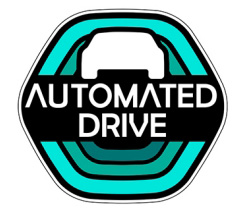
<What is automated driving equipment?>
Automated driving equipment was formally defined by the Revised Road Vehicle Act which was enacted in April 2020. It must have recognition, prediction, decision-making and operation functions, which are essential to drive an automobile under certain conditions of the driving environment while using sensors and computers. It also must be equipped with a device to record operating conditions/status of the system.
The driver of a vehicle equipped with automated driving equipment can take his/her hands off the steering wheel and also watch video or other content on the vehicle’s navigation screen as the system drives the vehicle, instead of the driver, while monitoring the traffic situation surrounding the vehicle.
Traffic Jam Pilot, which is included in Honda SENSING Elite, was approved as automated driving equipment which complies with the definition of the Level 3 automated vehicle formulated by the Japanese Ministry of Land, Infrastructure, Transport and Tourism (MLIT) (Defined in the Public-Private ITS Initiatives and Roadmap 2020 which was approved in July 2020 by the IT Strategic Headquarters, whose Director-General position is served by the Japanese Prime Minister of Japan.)
For vehicles equipped with Traffic Jam Pilot, the MLIT requests automakers to affix a sticker on the backside of the vehicle body to notify other vehicles/people that the vehicle is equipped with automated driving equipment.
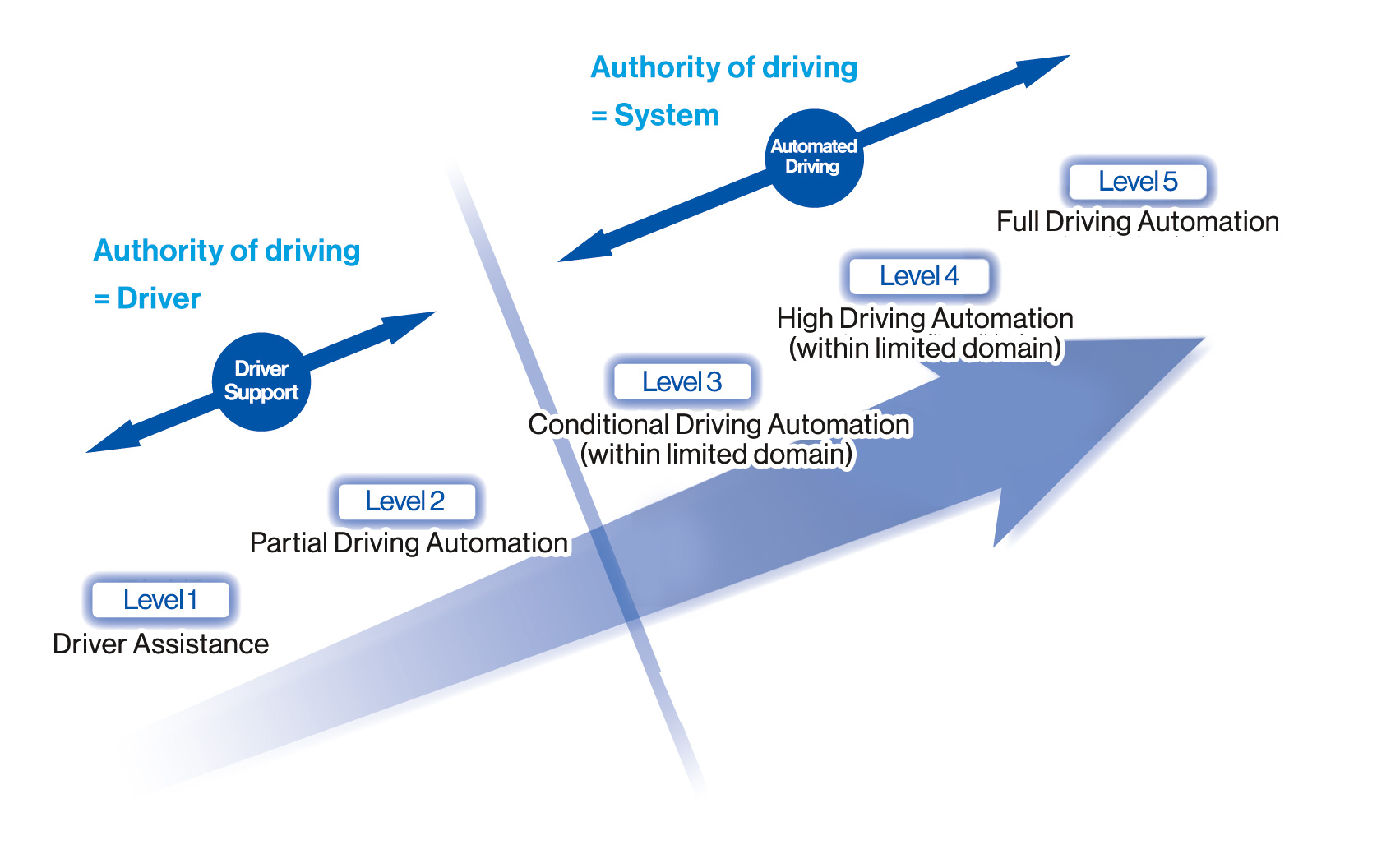
<Definition of Level 3 automated driving>
The Japanese government categorizes and defines automated driving into five levels*1. At Level 1 and 2, the driver is responsible for performing driving operations*2 and the system assists the driving. At Level 3, in limited situations when certain conditions of the driving environment are satisfied*3 such as when the vehicle is in congested traffic on an expressway, the system can perform driving operations, instead of the driver, while monitoring the traffic situation surrounding the vehicle*4.
*1 Based on the definition (the J3016 standard) developed by the SAE International (US-based society of automotive engineers)
*2 To perform recognition, prediction, decision-making and operation tasks necessary to drive a vehicle.
*3 “Certain conditions of the driving environment” means conditions under which automated diving is possible, including certain places (e.g. expressways only), weather (e.g. good weather only) and vehicle speeds. These conditions vary depending on the performance of the system.
*4 When any of the conditions under which the system can be used become unsatisfactory, the system must alert the driver and the driver must take over driving immediately.
Striving for a system that would not cause a collision.
A system designed to contribute to safety must never become the cause of a collision.
The challenge we took on in the development of Traffic Jam Pilot was not just to develop a system which would not cause collisions, but also to prove that objectively.
While standards and assessment procedures for automated driving equipment have not yet been established globally, Honda established its own verification process.
By conducting statistical analysis of vast amounts of data obtained from simulations and demonstration testing, we verified that our system would not cause collisions. We also reached a conclusion that we can expect that Traffic Jam Pilot can reduce, by half, the number of accidents resulting in injury or death while driving in congested traffic.
Reliability verified through simulations and demonstration testing.
There is an enormous number of possible real-world driving situations depending on various factors such as environmental conditions, road structures and driving conditions. In the development of Honda SENSING Elite, we simulated all kinds of situations exhaustively. We also adopted a “hardware-in-the-loop simulation,” which is a technology that reproduces the situation by combining simulations and actual equipment. In total, approximately 10 million patterns of real-world situations were simulated.
Approximately 1.3 million kilometers (800,000 miles) of demonstration testing.
Testing vehicles were driven a total of approximately 1.3 million kilometers (800,000 miles) on expressways throughout Japan. Results of analysis were fed back to simulations to increase correlation between the actual driving environment and the simulations, which improved the precision of verification.
Moreover, a variety of parameters recoded in the real-world environment were statistically analyzed and verified to realize a system which will secure excellent safety and reliability in real-world situations.
Reduction of collisions in congested traffic by half.
Based on the analysis of a vast number of simulations and demonstration test results, it was established that our vehicle will not cause a collision while being driven by Traffic Jam Pilot. Compared to manual driving by a human driver, we can expect to achieve a 50% reduction in collisions resulting in injury or death, which occur while driving on a congestion on expressway.
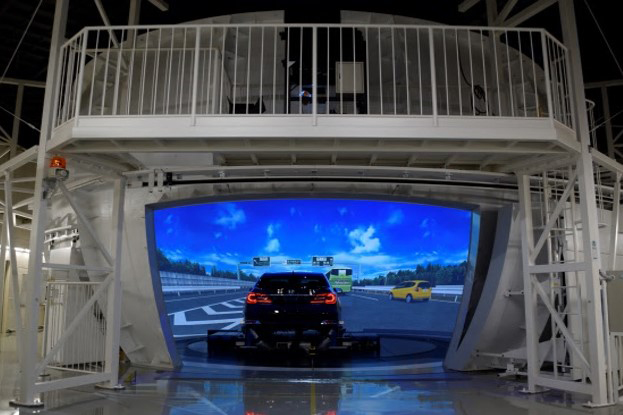
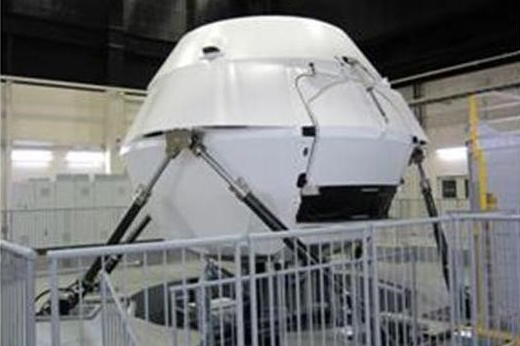
Conducting demonstration testing around the world
With an eye toward the global introduction of automated driving systems, Honda is conducting demonstration testing of such systems in several regions outside Japan.
In China, we are conducting joint research on technologies related to maps and their applications unique to China with Baidu, a company designated by the Chinese government to promote automated driving technologies.
In Europe, Honda has been participating in the Hi Drive, a consortium which aims to verify viability and acceptability of
automated driving and conducting demonstration testing.
In North America, the Honda Research Institute USA (HRI-US), which is at the cutting edge of Honda's research and development activities, is conducting advanced research on applications of AI technologies in automated driving. We are also preparing for demonstration testing of our technologies for automated driving on highways in the U.S.
In order to deliver the value of our automated driving technologies to more customers as early as possible, while accommodating the unique characteristics of each region, we will continue conducting various demonstration testing and simulations that will enable us to develop technologies that would truly help people in real-world environments.

